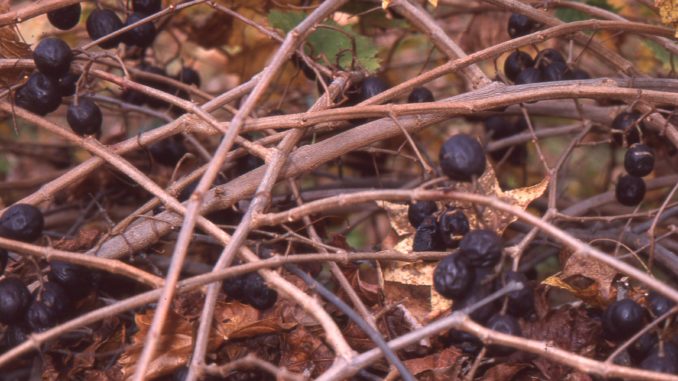
Sensible scouting involves doing far more than merely making an effort to determine places deer are “using,” whether there’s a big buck prowling the land you hunt, or the times whitetails are coming to a food plot or any legally spread food. It is, in truth, something of a year-round endeavor, and here are a few pointers to hone your scouting to razor sharpness and maximum effectiveness.
• Do a lot of your walking to check bedding areas, favored travel corridors and the like in the months immediately after season’s end. Obviously, it’s too late to do that this year, but file it away in your thoughts with the 2015 season in mind.
• Keep a written or computer record of scouting observations. They can reveal a lot about deer behavior in a small area as well as changes in behavior as the season progresses.
• In the preseason, preferably during spring turkey season or shortly thereafter, try to spot potential deer-attracting plants growing naturally: oak, beech and persimmon trees; kudzu patches, favored forbs such as honeysuckle, blackberry briars, sumac, and French mulberries, pawpaws and other food sources.
• Do everything possible to minimize contact with deer in the pre-season.
• Once the season begins, be keenly aware of regular travel routes that you observe through the presence of tracks or actual deer sightings.
• Keep in mind that the 12 to 14 hours after a soft, wet snow falls — provided it does not melt away almost immediately — is a scouting time like no other. The good earth becomes a vast picture where even the most inept woodsman can readily see where deer have traveled. This is one time when in-season scouting, even if it causes some disturbance, seems merited.



Be the first to comment